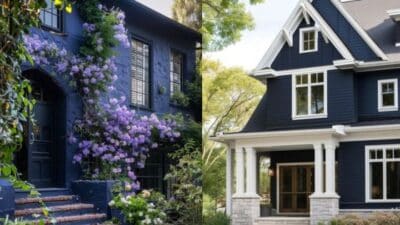Originally introduced on ArchUp, this groundbreaking theory redefines how we perceive architecture not just as a cultural artifact, but as a reflection of who we are, biologically and visually.
Is it possible that buildings resemble the people who design them?
That spaces, forms, and even facades are subtly shaped by inherited tastes, subconscious patterns, and aesthetic instincts woven into our DNA?
This is the central premise of Archigenetics, a bold architectural theory developed by Saudi-based firm INJ Architects, under the leadership of its founder and principal architect, Ibrahim Nawaf Joharji.
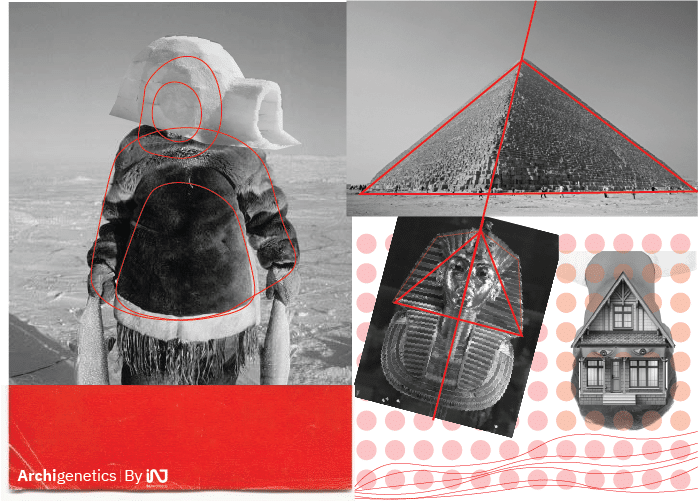
Beyond Function and Culture
For decades, architectural discourse has focused on function, material, culture, and climate. Yet Archigenetics introduces a new lens identity encoded in form.
According to Joharji’s research, which spans over ten years of visual observation, ethnographic analysis, and design synthesis, the way communities build is influenced not only by climate or economy but by inherited aesthetic codes.
“We build what we are,” says Joharji, summarizing the core belief behind the theory.
Whether it’s the sharp minimalism of Japanese homes or the ornate vibrancy of Moroccan riads, these are more than stylistic traditions they may be architectural echoes of a people’s collective self-image.
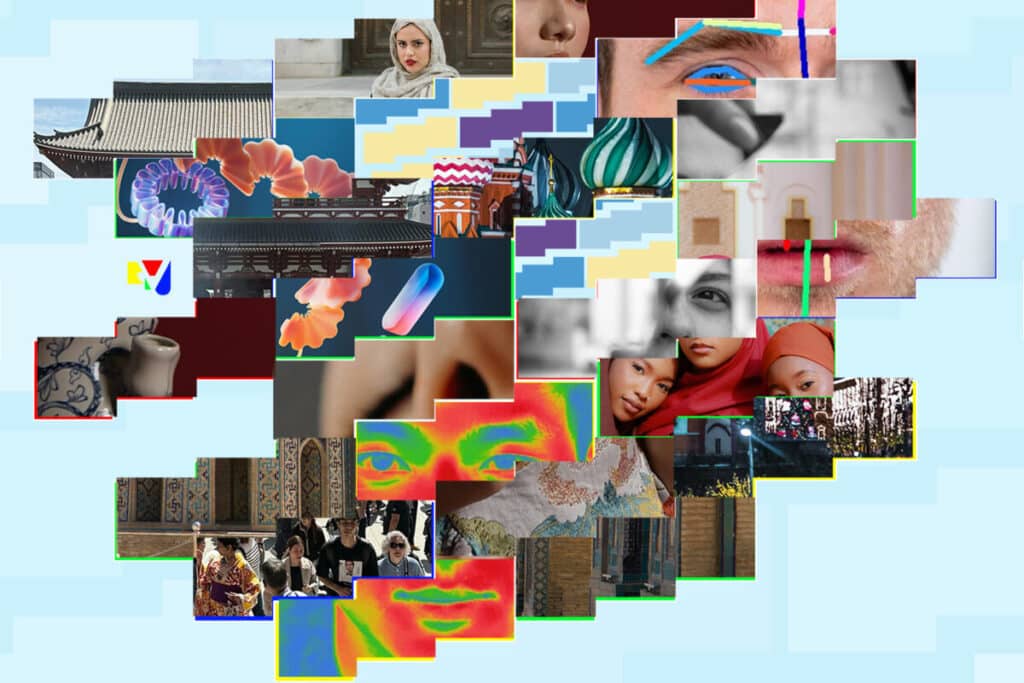
A Spark from the Unlikely
The inspiration, surprisingly, came not from an academic textbook but a humorous photobook titled Do You Look Like Your Dog? a visual collection of dogs that look eerily like their owners.
This light-hearted comparison triggered a deeper thought:
If pets can mirror their humans, why not buildings?
This question opened the door to a profound exploration connecting Arab traditions like Firasa the ancient practice of reading personalities through facial features with spatial and urban patterns across cultures.
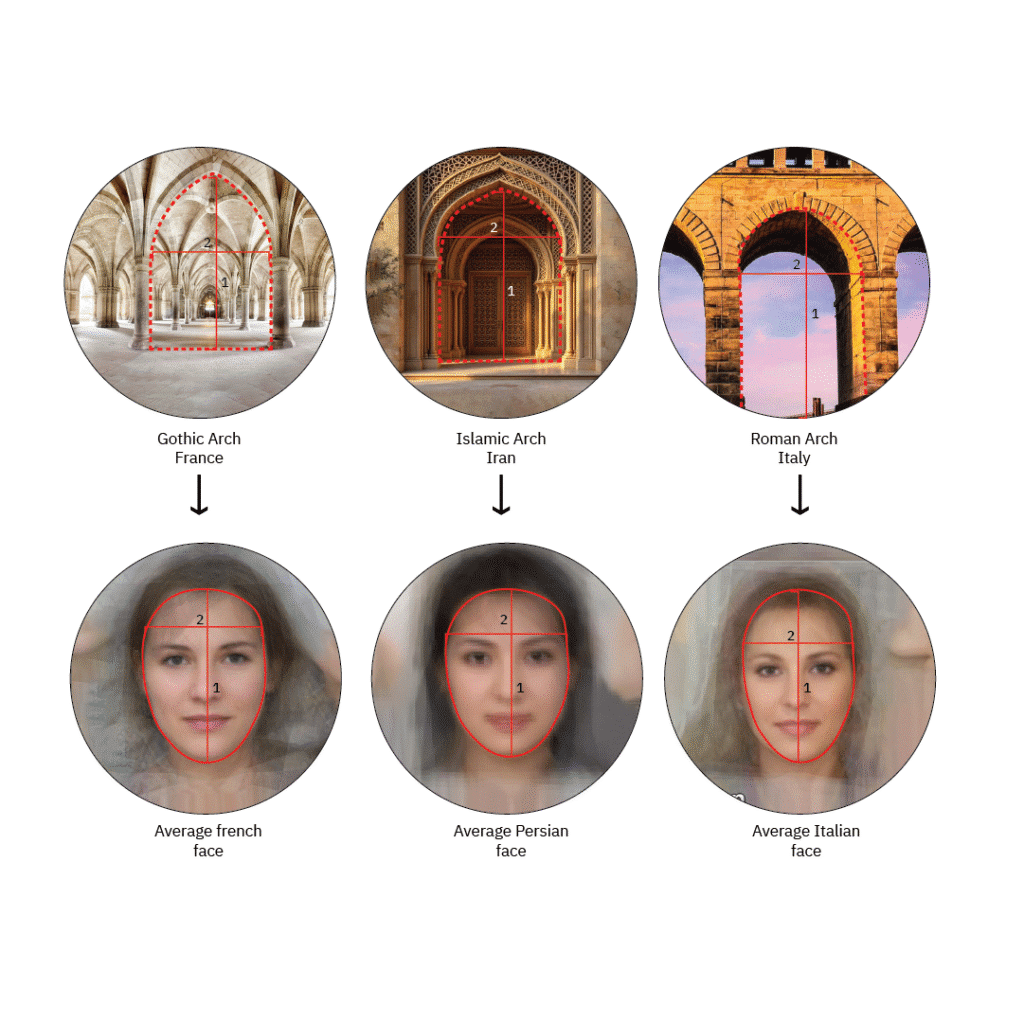
Faces, Facades, and Firasa
In Arab tradition, Firasa was more than guesswork. It was a sophisticated perception tool an art of recognizing identity through form.
Joharji extends this logic to architecture: what if buildings are physical translations of our inherited codes? What if certain curves, proportions, or materials “feel right” because they reflect how we see ourselves?
Archigenetics thus reframes architecture as an interface between identity and space, where the built environment doesn’t just shelter us but mirrors us.
Architectural Taste as Inheritance
The theory challenges the idea of universal beauty.
It suggests that what we find “beautiful” or “correct” in architecture is often shaped by generations of visual conditioning, even genetic memory.
This may explain why communities from different regions though globally connected continue to lean toward specific styles, textures, and arrangements that feel familiar.
In this way, Archigenetics overlaps with fields like anthropology, psychology, and even epigenetics, making it not just a theory of architecture but a theory of being.
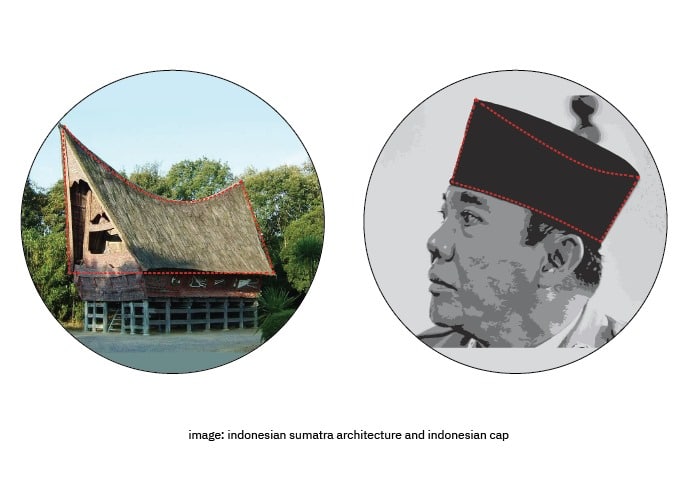
From the Gulf to the World
Joharji and INJ Architects have implemented this philosophy in their practice, particularly in cultural and governmental projects across the Gulf region.
Rather than importing styles, they study local identity how a space should feel, not just look and how it connects to the people it serves.
“Design is not only about what we see,” Joharji notes.
“It’s about what we sense, inherit, and recognize in the shapes that surround us.”
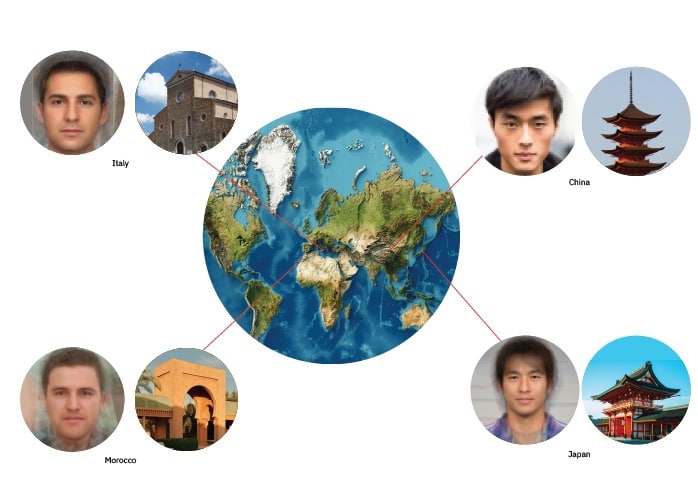
Read the Full Theory
For those interested in exploring this theory in depth, the full English version of the Archigenetics research can be found on the INJ Architects website:
As the architectural world becomes increasingly homogenized, Archigenetics offers a timely reminder:
True architecture isn’t just about what we build.
It’s about who we are.
About the Author
This article is based on the published research from ArchUp.net and the official publication by INJ Architects.
The theory of Archigenetics was developed by architect Ibrahim Nawaf Joharji, whose work bridges theory and practice in the Gulf and beyond.
- 0shares
- Facebook0
- Pinterest0
- Twitter0

